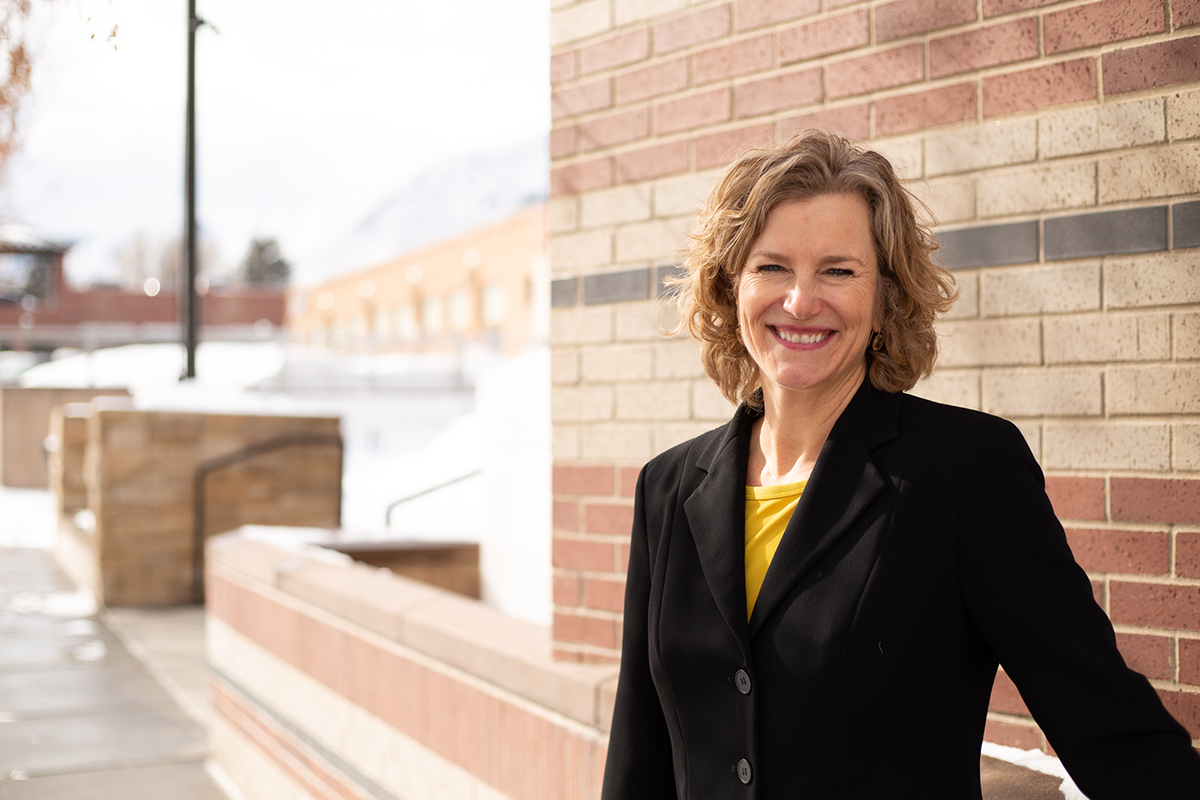By Dr. Carrie Besnette Hauser

In 1982, Colorado was a different place than it is today. The population statewide was roughly 3.1 million. The value of the average home was about $130,000. The Denver Broncos were still a year away from drafting John Elway. And, in that year, the state passed the Gallagher Amendment, which was intended to maintain tax revenues from businesses and homes at predictable levels.
Today, Colorado is changed in many ways. Principally, our population has doubled to nearly six million. The state has the strongest economy in the nation, which is naturally attracting ever-larger numbers of retirees, young families and recent college graduates to experience the high quality of life some of us have enjoyed for decades.
These massive changes have resulted in a doubling of the number of homes in our state. And the average price of a home in Colorado has tripled since 1982, to more than $420,000.
Unfortunately, complications resulting from this growth aren’t limited to traffic congestion, urban sprawl or inflation. Population growth and property valuation increases over time force Gallagher Amendment adjustments that effectively lower residential property taxes, thereby raising property taxes paid by businesses and, in many cases, reducing revenues that fund critical public services. And these effects are more acute in rural Colorado than on the Front Range.
While the Gallagher Amendment is complex, it is important to learn the basic facts about it. This law is baked into our constitution and subsequent to its passage has become commingled with other competing measures. In essence, when residential property values rise faster than those for businesses, Gallagher lowers the percentage of a home’s value that is subject to taxes. Even if you’re not a public finance expert, it’s fairly easy to observe that home prices are skyrocketing to historic levels while local businesses are struggling to survive.
When the residential property tax rate is forced down by the Gallagher Amendment, it also results in reduced funding for K-12 school districts, public safety, fire protection and health care — in many cases services voters have initiated and approved in their local communities.
Though this “Gallagher thing” may be new to much of Colorado’s electorate, it’s actually been a challenge to small towns and special districts for decades. The net impact on rural areas has been greater than on the Front Range. In 2020, however, while managing the most challenging budget since the Great Depression, legislators from across the state acted to place Amendment B on the ballot. In fact, nearly 80% of all legislators at the capitol — Democrats and Republicans alike — support this measure. It has become that important.
While it is not appropriate for me to advocate one way or another for Amendment B, it is relevant to note that Colorado Mountain College has been at the forefront of this issue for several years. Our elected board of trustees initiated a successful campaign to “de-Gallagherize” in 2018. Since that time, we have provided presentations and technical advice to countless local special districts, and have hosted conversations and debates concerning the Gallagher Amendment’s impact on rural Colorado.
Those who helped author or advocate for the Gallagher Amendment in 1982 could never have predicted the extraordinary changes to Colorado in the decades that followed. We should assume that their efforts were well-intended for the benefit of residential taxpayers. Today, however, we can all objectively say that the Gallagher Amendment has had a deep, cumulative and direct impact on essential public services, and those impacts have been more pronounced in rural communities.
It is important to underscore that Gallagher is not TABOR (Colorado’s Taxpayers Bill of Rights). If Amendment B passes, TABOR remains in the state’s constitution; any future property tax increases must still go to the voters. Amendment B doesn’t change this.
Heraclitus, the ancient Grecian philosopher, is credited with saying, “the only thing permanent is change.” This is certainly true for Colorado since 1982. And while some will argue that residential tax rates should forever be protected in a fixed formula created 38 years ago, the legislature and other experts believe it has unexpectedly denied rural Colorado the resources it needs to fund schools, public safety, fire protection, health care and other services enacted by its electorate. Adhering to the insights of Heraclitus, Colorado voters will be wise to understand the effects of the Gallagher Amendment and recognize the wisdom of preparing for the future of our evolving state while equitably balancing the needs of its rural and urban communities.
Carrie Besnette Hauser is president & CEO of Colorado Mountain College, a local special district college with campuses and services spanning 12,000 square miles of Colorado’s central mountain region. She can be reached at president@coloradomtn.edu or @CMCPresident.
